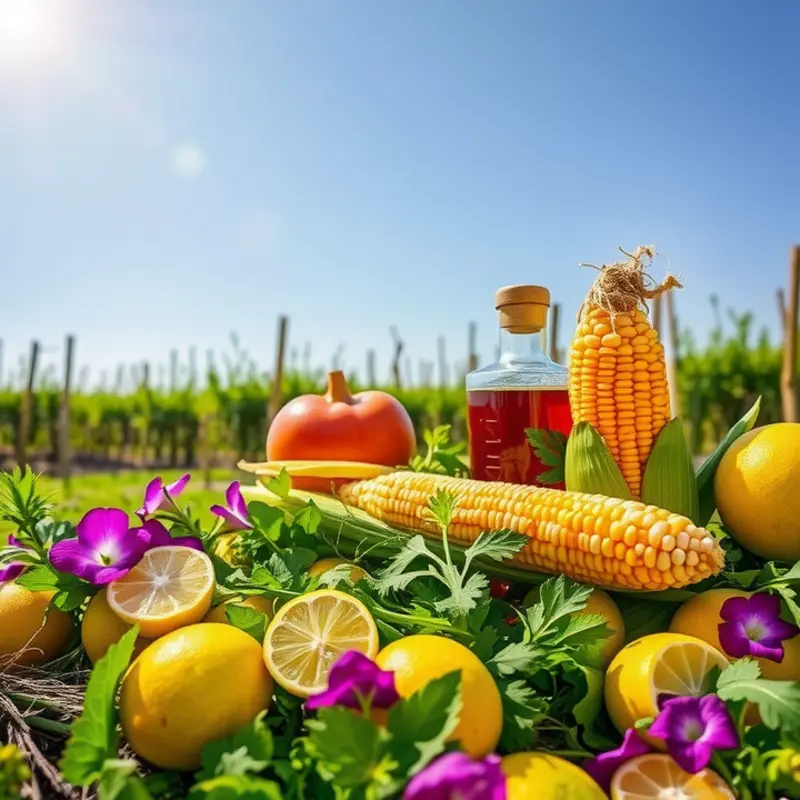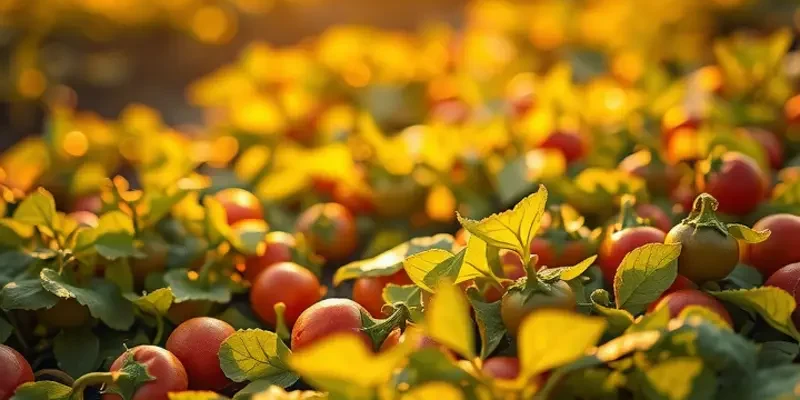Stews are more than just hearty meals; they are culinary stories that weave together history, culture, and community. From rich, spiced concoctions in Ethiopia to savory and aromatic dishes in Mexico, celebratory stews reflect the identity of the people who create them. Each bowl is a representation of local ingredients, traditions, and, often, social gatherings. Embark on a journey to explore these remarkable culinary traditions that warm the heart and soul.
Ethiopian Doro Wat: A Spicy Celebration

Ethiopian Doro Wat is a vibrant stew that serves as a culinary emblem of celebration and unity. It is a dish that evokes warmth, conviviality, and tradition, carrying generations of familial knowledge. At the center of many Ethiopian celebrations, especially during religious holidays such as Easter or Christmas, Doro Wat holds its place as a dish of honor. Its preparation begins with copious amounts of onions, finely chopped and patiently cooked down to form a sweet and mellow base. The balance of flavors hinges on the aromatic richness of berbere, a complex blend of spices including chili pepper, fenugreek, and ginger. Each household might use a slightly different berbere recipe, a testament to the personal touches lent to this collective culinary tradition.
The cornerstone of Doro Wat is the succulent chicken pieces that absorb the fiery and savory flavors of the broth. This chicken, traditionally prepared with local spices and often sourced chicken from communal markets, melds seamlessly with the spices and creates a robust depth of flavor. An obligatory ingredient in this preparation is niter kibbeh, Ethiopian spiced butter infused with herbs like cardamom and cumin. This fragrant butter elevates the richness of the stew, adding layers of complexity and aroma.
Serving Doro Wat atop injera, the characteristic Ethiopian sourdough flatbread, adds a vital textural element. Injera, made from teff, is known for its tangy taste and spongy texture, perfectly engineered to soak up the bold flavors of the stew. This combination embodies the essence of Ethiopian communal eating, as it is traditionally shared from a single platter. Diners gather around, tearing pieces of injera to scoop generous portions of Doro Wat, reinforcing communal bonds with every bite.
The significance of Doro Wat extends beyond its ingredients. It exemplifies the spirit of sharing that is deeply ingrained in Ethiopian culture. The act of eating together, passing the platter around, and sharing stories is an integral part of the experience. This dish is not merely eaten for sustenance; it is a celebration of connection and hospitality, where every piece of chicken, every scoop of sauce, exudes history and kinship.
For those seeking ways to incorporate new flavors into their own culinary traditions, understanding the importance of spices and herbs can be a gateway. Exploring spice blends like berbere can lead to flavorful discoveries beyond geographical boundaries. To learn more about how different cultures integrate distinctive spices for health and flavor benefits, explore this comprehensive guide.
Ultimately, Doro Wat stands as a testament to the Ethiopian way of celebrating life through food, reminding us of the powerful bonds that meals can create.
Mexican Pozole: More Than Just a Stew

Pozole is not just a dish; it is a cultural emblem deeply woven into the fabric of Mexican life. This traditional stew, revered for its historical significance and nutritional richness, invites families and friends to gather in celebration.
At its heart, pozole is a harmonious blend of hominy corn and succulent meat, usually pork or chicken. The hominy, a crucial component, is dried maize grains treated through a unique process called nixtamalization. This technique not only enhances the grain’s flavor but also boosts its nutritional profile, making it an indispensable part of many traditional Mexican dishes.
Pozole can be divided into three main varieties: red, white, and green, each distinguished by the color of its broth, with regional recipes adding distinct ingredients to define their unique taste. Red pozole gains its vibrant color from the addition of dried chilies, such as guajillo or ancho, enriching the broth with a smoky depth and subtle heat. Green pozole, on the other hand, is often infused with tomatillos and green chilies, resulting in a fresh, tangy flavor. The white version, stripped down yet flavorful, allows the core ingredients to shine through.
While pozole’s ingredients are fundamental, its cultural role is equally essential. Traditionally prepared for significant celebrations like Christmas, weddings, and Mexican Independence Day, pozole is a meal of both festivity and remembrance. Its preparation is a labor of love, often starting the day before an event, involving hours of simmering to achieve the perfect balance of tender meat and rich, flavorful broth.
The joy of pozole extends beyond its base components. Once served, the stew becomes a canvas for a plethora of toppings. Crucial accompaniments such as freshly sliced radishes, chopped onions, creamy avocados, crisp cabbage, and a squeeze of lime elicit each diner’s personal touch, allowing them to tailor their bowl to taste. These garnishes enhance not only the flavor but also the communal experience of dining together.
Eating pozole is a sensory celebration, bringing together aromas, textures, and flavors in every spoonful. However, it also embodies a practice of mindful eating, fostering attentiveness to the communal joy that meals offer, as highlighted here. Each ingredient tells a story of land and labor, from the hominy fields to the family kitchen.
As families gather around a steaming pot of pozole, stories flow as generously as the servings. It is through sharing these meals that generations pass down narratives of heritage, each recounting their chapters of life and love around the table. Thus, pozole offers a taste not only of Mexico’s culinary landscape but of its heart, binding communities with flavors that comfort and unite.
Final words
Traditional celebratory stews are a profound way to connect with diverse cultures and their culinary legacies. Each stew tells a story, weaving together the ingredients and traditions that reflect a community’s heritage. Whether gathered with family around a bowl of Doro Wat in Ethiopia or sharing Pozole at a festive gathering in Mexico, these dishes go beyond satisfying hunger; they foster connections, celebrate milestones, and preserve cultural identities. Exploring these stews allows food enthusiasts and culturally curious palates to appreciate the art of cooking as a form of storytelling that resonates across borders.








